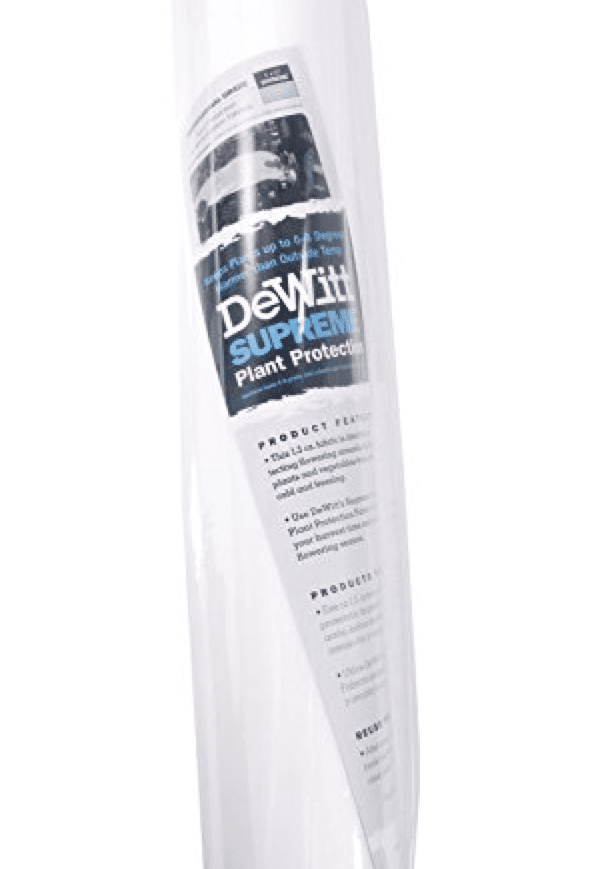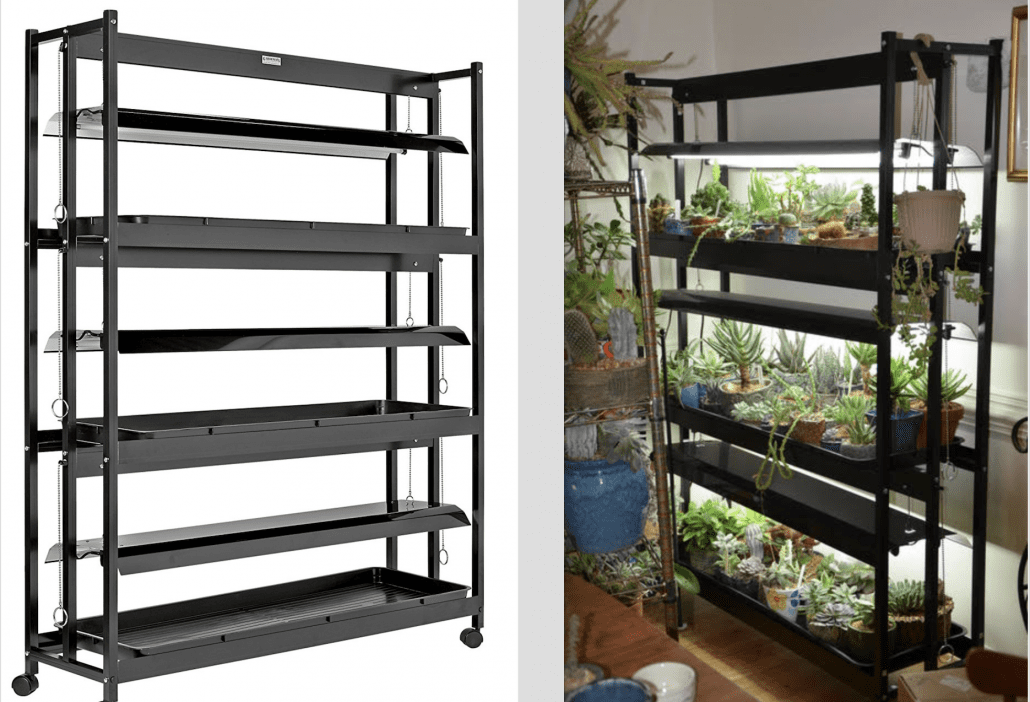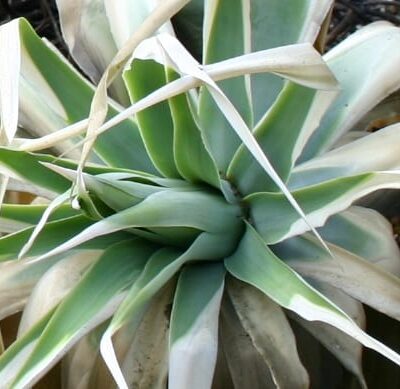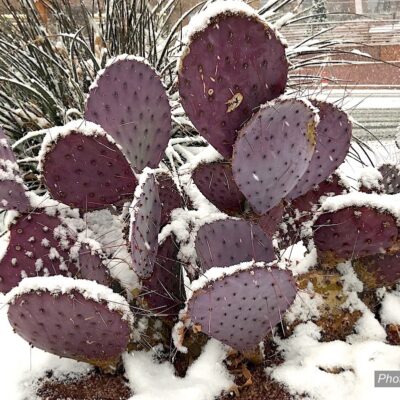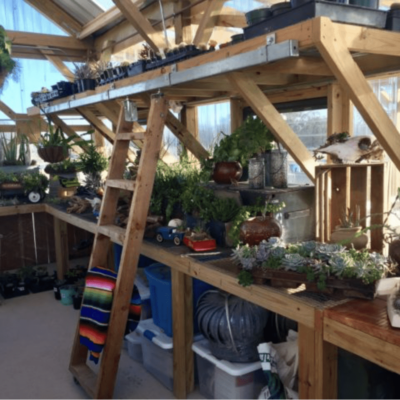Winter Protection for Succulents: Products
Soggy soil, dim light, high humidity and freezing temperatures can be death to succulents native to warm, arid climates. These items will help you get your succulents through cold, wet North American winters. (Affiliate links.)
If you live where frost is occasional, you may only need frost cloth. (Old bedsheets work too.) This prevents frost crystals in the atmosphere from landing on plants, and helps keep warm air from dissipating into the upper atmosphere. Whatever material you use should breathe; don't lay sheets of plastic (like trash bags) atop your succulents. Translucent fabric is essential if you keep plants covered for days on end. Ideally, though, you'll remove the frost cloth during daylight hours.
Below: This "winterization cloth freeze blanket" from DeWitt is 6-by-50 feet and reusable. About $28 on Amazon.
Also, Pellon nonwoven fabric and Agribon's floating row cover will work. "Floating row cover" is spun nylon, like fusible interfacing without the fusible part. It can be used for frost protection, insect barrier (cabbage moths, etc.) and sunscreen. You can water right through it, and vapor moves through it. It will protect about 2 to 4 degrees below freezing. For extra warmth, use C-9 Christmas light strings.
As for potted succulents, you can blanket them too, or move them beneath an overhang until spring. Below your home's eaves or on a deck or patio (up against the house) may be adequate, depending on how cold it gets. Walls radiate warmth, which may be enough to raise the temperature above freezing.
If you live where temps drop into the 20s, consider investing in a small, walk-in greenhouse that can be dismantled and stored during warmer months. Place it close enough to your house that the cord of a portable electric heater can reach.
If you need (or prefer) to overwinter your succulents indoors, outfit a basement, sun room, spare room or alcove with tables and shelves that can withstand moisture, plus lights and a fan that run on timers. Fortunately those succulents that go dormant in winter (which is the majority) need very little water. Dribble a little at the base of each plant every three weeks or so, enough to hydrate the roots but not so much it puddles on the floor.
Install grow lights. Succulents are light-lovers. Experts in indoor plants and growing succulents in gray-sky climates recommend T-5 grow lights. These will keep your echeverias colorful!

Agrobrite FLT44 T5 Fluorescent Grow Light System, 4 Feet, 4 Tubes, about $120 on Amazon.
Create a "light island." Shown below is arguably the ultimate indoor plant-shelf unit. Made of lightweight, powder-coated aluminum, it has adjustable lights with energy-efficient, full-spectrum bulbs; plastic drip trays; and wheels for easy positioning. Three shelves provide 18 square feet of growing space. From Gardener's Supply Co.; about $600.
Get a timer which automatically turns the lights on at, say, 7 a.m. and off eight hours later. I like this one, below, because it has multiple outlets: Titan Apollo 14, about $26. 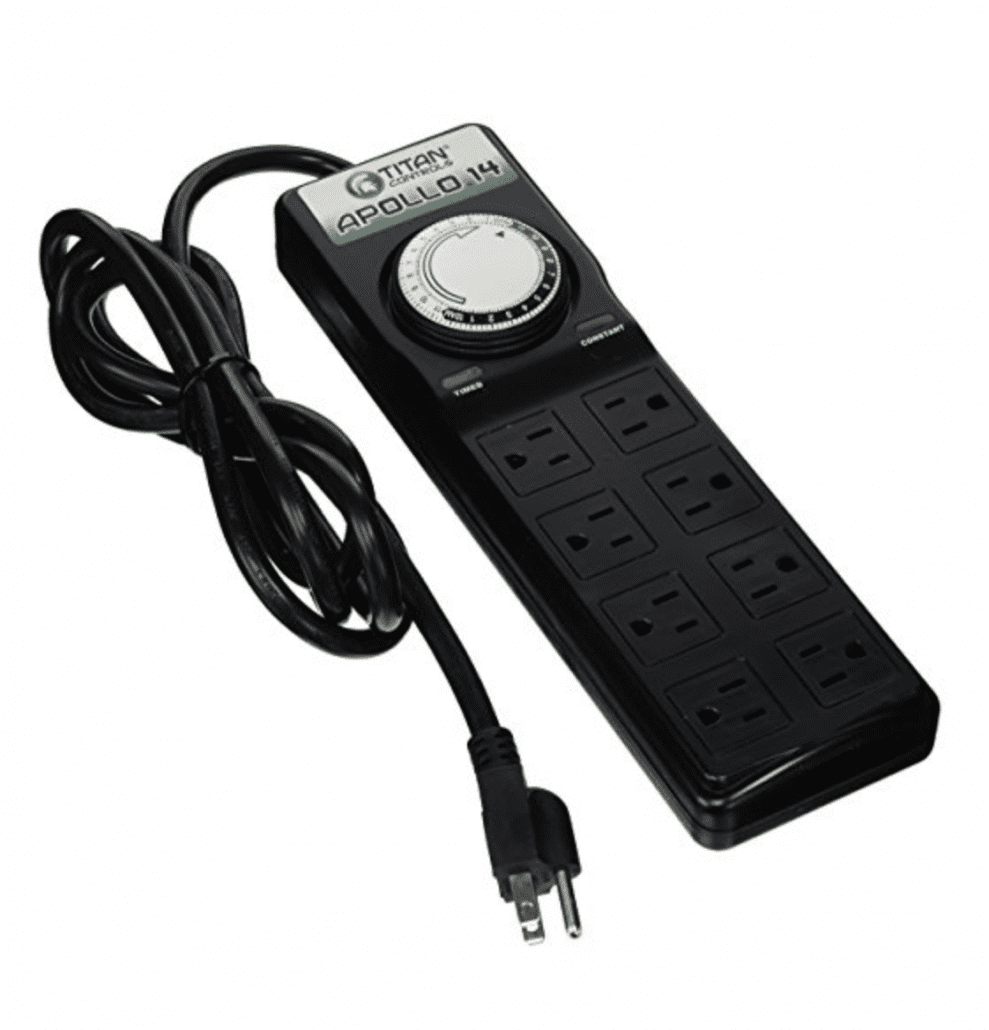
Watch the temperature. If it falls below freezing (32 degrees F) many succulents may show long-term damage (or die). This indoor thermometer is digital and also has a humidity gauge. But what I love about it is that it keeps daily high and low temps for 24 hours!
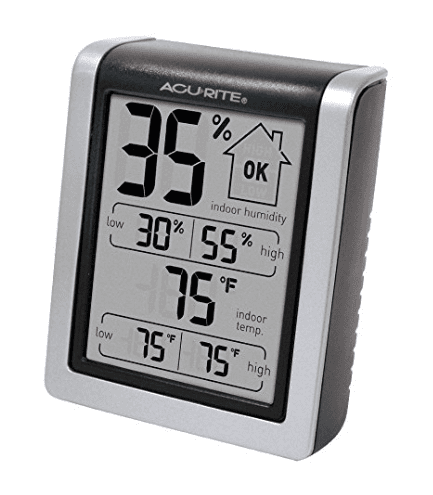
AcuRite 00613 Humidity Monitor with Indoor Thermometer, Digital Hygrometer and Humidity Gauge Indicator, about $10 on Amazon.
Related info on this site:
Frost and Succulents: What You Need to Know
Depending on how long temps stay below freezing (32 degrees F), “frost tender” succulents may show varying degrees of damage. When moisture in the cells of a vulnerable plant freezes, it expands, bursts cell walls, and turns leaves to mush. In a “light frost,” leaf tips alone may show damage (“frost burn”). In a “hard frost,” temps stay…
Winter Care for Frost-Tender Succulents
Depending on where you live, here’s how to get frost-tender South African succulents—like crassulas (jades), euphorbias, senecios and aloes—through a North American winter.
Ways to Overwinter Succulents
These four ways to overwinter succulents give you several options, depending on how cold it gets where you live. Most varieties can’t handle temps below 32 degrees F. These common winter conditions can lead to damage or death for dormant (not actively growing) succulents: — soggy soil (causes roots to rot) — excess rainfall (engorges…

